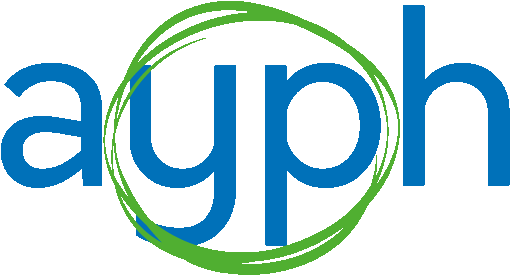Our evidence and policy lead Kirsty Blenkins reflects on the publication of the NHS 10 Year plan last week and shares messages from our young ambassadors.
Last week the Government published its 10-Year Health Plan for England, outlining a roadmap for delivering more personalised, preventative, and digitally enabled care. At AYPH, we welcomed the chance to contribute to the consultation. We called for five core priorities:
- High-quality, youth-friendly services
- More accountability for adolescent health outcomes
- Improved health literacy
- A whole-systems approach to prevention
- Recognition of young people as a distinct population group with specific needs
In recent YAP meetings, our young ambassadors raised key concerns around access, privacy, staff training, and the need for meaningful outcomes.
As one young person told us:
“It’s not enough to just say young people matter—show us how in action.”
Another flagged the difficulty of digital-only systems:
“Some of us don’t have private space at home for video calls. It’s stressful trying to talk about personal stuff when people are around.”
Others highlighted gaps in professional training:
“Doctors and nurses are expected to work with young people, but often they don’t get the training. It’s not fair on them or us.”
And there was a strong emphasis on co-design and concrete changes:
“If you want us to trust the NHS, you have to show that you’re listening and doing something with our feedback.”
So, how far does the NHS 10-year plan reflect these concerns?
There are some encouraging signs. The plan commits to expanding care in communities and improving health inequalities, which aligns with what young people have told us. It also promotes a more joined-up approach to mental and physical health through new community-based ‘Neighbourhood Health Services’. These hubs aim to provide support for emotional wellbeing, long-term conditions, and health advice all in one place, something young people have consistently asked for. The Child Poverty Strategy remains a critical piece of the jigsaw. Without tackling the root causes of poor health, such as food insecurity, unsafe housing, and inequality, the goals of the health plan will remain out of reach for many young people.
But key gaps remain. The plan does not fully recognise young people (aged 10–24) as a distinct population group. It does not commit to universal staff training in developmentally appropriate practice. Nor is there a clear framework for sustained youth participation in policy and service design.
As AYPH outlined in our submission, transforming health services for young people cannot be achieved by simply adapting adult models. It means designing with young people, not just for them. It means investment in youth-specific services and systems that recognise their needs and transitions. We will continue to advocate for a health system that works for all young people, one that is inclusive, equitable, and grounded in their lived experience.
Author: Kirsty Blenkins
July 2025

